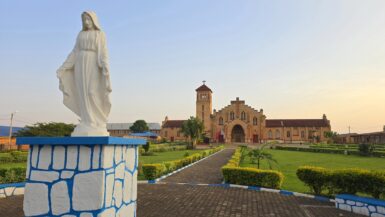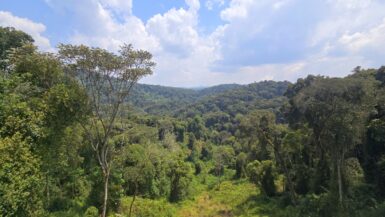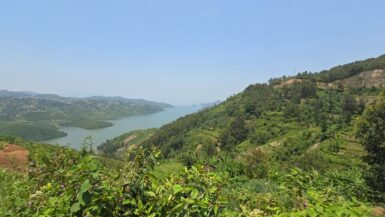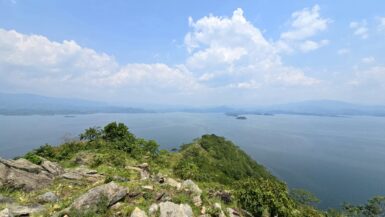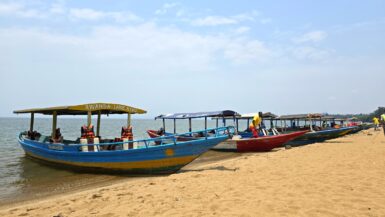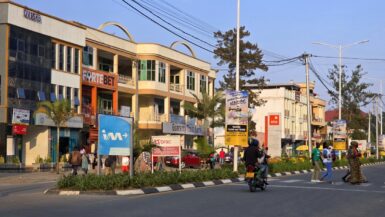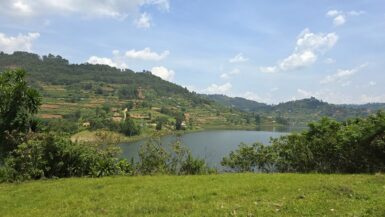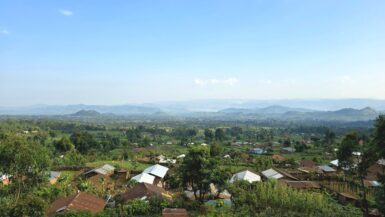Rwanda’s ‘second city’, Huye, is a relaxed and sprawling town. It was the nation’s former capital. Butare, as it was known (and Astrida before that, in tribute to the 29-year-old Swedish wife of Belgium’s King Leopold III, who was killed in a car accident), was established under Belgian...
